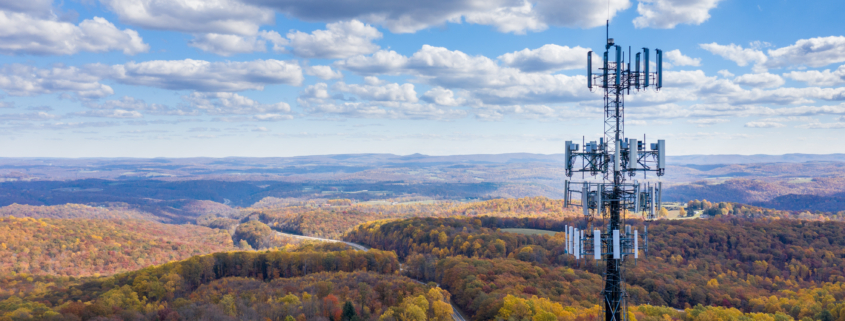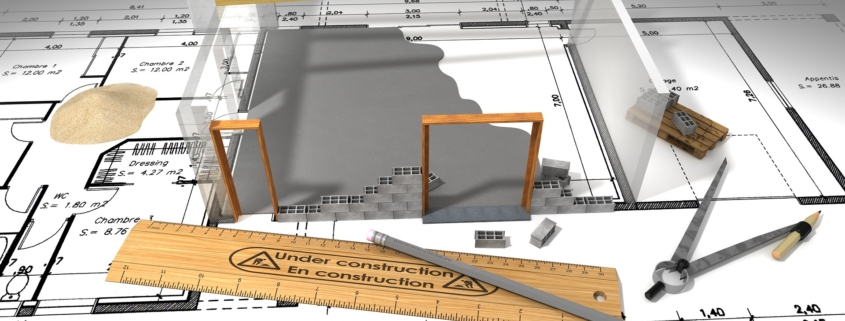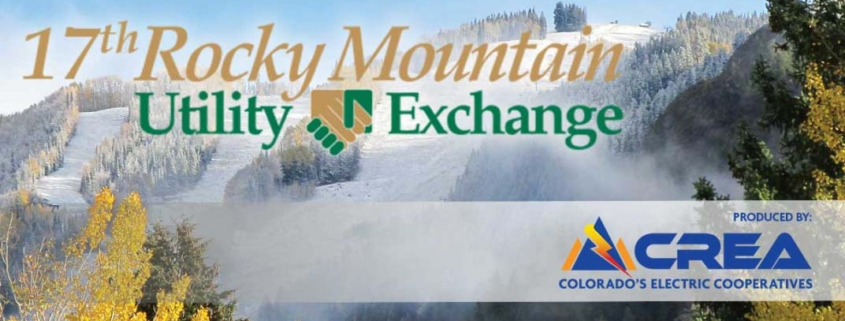Colorado’s Electric Co-ops Send Volunteer Crews to Light Up Navajo Nation
In June and July, seven Colorado electric co-op line crews traveled to parts of Arizona to help electrify homes on Navajo Nation.
More than 13,000 families living on Navajo Nation do not have basic access to electricity at home.
An initiative between the Navajo Tribal Utility Authority and the American Public Power Association, Light Up Navajo works to change that statistic and to change people’s lives. “It is hard to believe that in 2024 there are still families in the United States that have never experienced having electricity,” CREA Board President Steve Valdez said.
Some NTUA applicants have waited years for electricity at home. Challenges include infrastructure limitations, supply chain issues, and siting and permitting considerations. Melissa, a new NTUA customer whose home was connected in June, had waited one year for electricity. “I purchased my home last year and was trying to take care of my family,” she said. She and her kids lived with Melissa’s parents during that time. “Now my kids have electricity and we’re going to be forever grateful,” she said, expressing thanks to the Colorado crew that worked to connect her home.
CREA supported the project. “CREA is incredibly proud of the lineworkers from Colorado’s electric co-ops who helped bring light and power to residents of the Navajo Nation.” CREA Executive Director Kent Singer said. “We are thankful for the opportunity to improve the lives of our neighbors in northern Arizona.”
Since 2008, NTUA and volunteer crews have connected more than 7,500 homes to receive electricity. This year’s mission was to connect at least 150 homes. Volunteer crews surpassed that goal and helped connect 170 homes.
“Participating in projects such as Light Up Navajo are important because they exemplify the cooperative principle of Concern for Community,” Valdez concluded. “Volunteers banding together to improve quality of life is how co-ops got their start. Today, Colorado’s electric co-ops are still improving the quality of life in rural areas — it’s who we are.”

 2023
2023 2023
2023
 GCEA 2023
GCEA 2023

